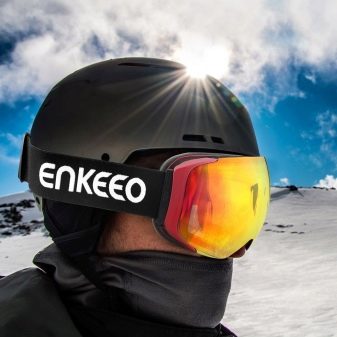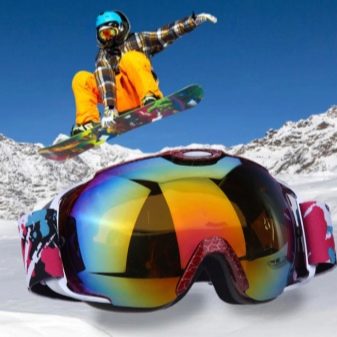Choosing snowboard goggles
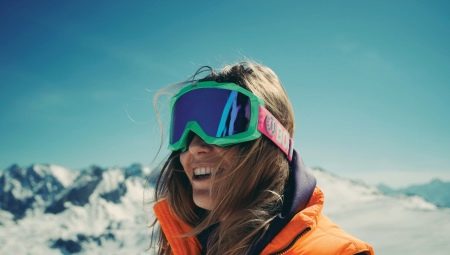
Like a bicycle, skiing, snowboarding, this is a considerable speed, which is several times higher than the speed of a pedestrian or a jogger. To prevent the wind from blowing into your eyes, making it difficult to confidently look ahead, use glasses that must be correctly selected.


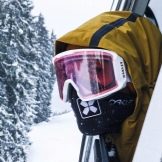
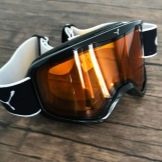
Advantages and disadvantages
The advantages and disadvantages of snowboarding goggles mainly depend on the specific manufacturer.
|
Manufacturer |
Dignity |
disadvantages |
|
Oakley (USA) |
Perfect compatibility with any facial structure. Pairs well with a helmet. 3-layer fleece seal, replaceable filter, anti-fog visor. |
The eyes of different people react differently to specific lenses. |
|
Salice (Italy) |
Frame with a velvet layer, which is comfortable to use. The bow changes to an elastic band. Filters - double, with polarization. Anti-glare layer. |
Different people's eyes react differently to polarization |
|
Uvex (Germany) |
Insensitive to sudden changes in temperature. The glasses are magnetically fixed. The cover is protected from scratches. The color changes automatically - adjusting to the brightness of the light. |
There is no wide-angle view and no adjustment to the size of the head. |
|
Carrera (Italy) |
Polarization, specularity, flexible frame for the possibility of internal prescription glasses. Ventilated. Glasses are spherical. |
Other brands of helmets cannot be used. |
|
Dragon (USA) |
Two-layer interlayer without allergens. Fits with any helmet. Covers the face tightly. "Fog". Wide angle side visibility. |
Has no specific drawbacks. |
Once you've decided on a brand, figure out which type of goggle is right for you.
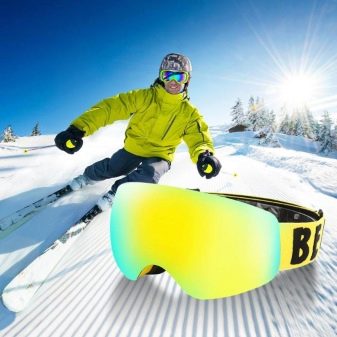
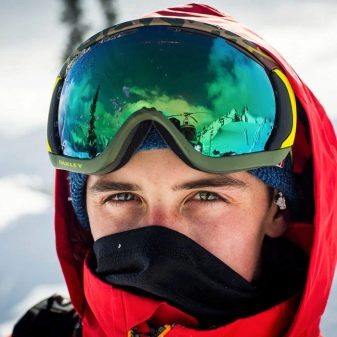
Species overview
Snowboard goggles are classified according to specific types.
-
Goggles - a product with a casing that covers most of the face, from the forehead almost to the lower edge of the nose.
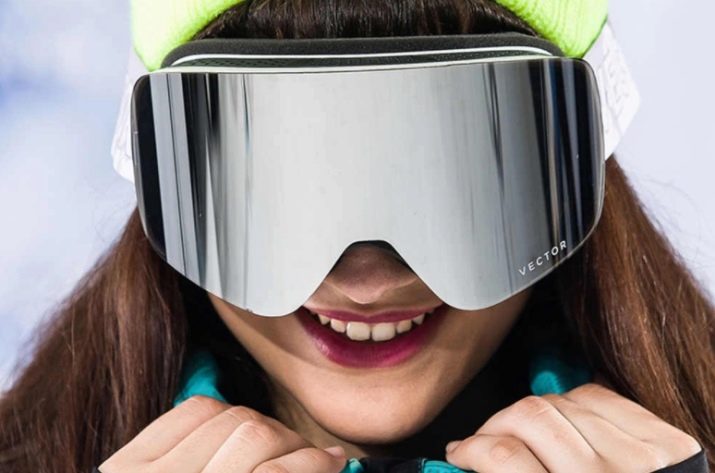
- The prescription snowboard goggles are designed for people who have problems with normal vision. Farsighted snowboarders do not need them - the athlete looks mainly into the distance. But "minus" diopters will not interfere with myopic ones - the movement is so fast that it is necessary to maneuver in advance, in time, so as not to crash into any obstacle. Snowboarding is an extreme sports equipment, acceleration can reach hundreds of kilometers per hour - almost like a car, and it is vitally important to fit into the right turn in time.
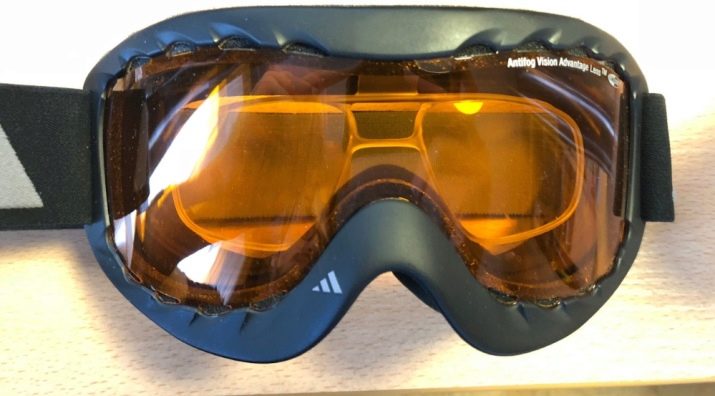
- Mirrored - reduce the brightness of sunlight when the athlete moves towards him, depending on the relief. High in the mountains, you will need a light filter, possibly with polarization - an excess of ultraviolet radiation on high mountain routes can cause an attack of ophthalmia (temporary deterioration of vision for up to several days). Colored glass in warm colors (from red to green), which also has an anti-UV coating, will effectively help get rid of this danger.
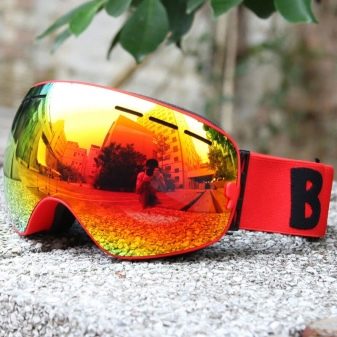
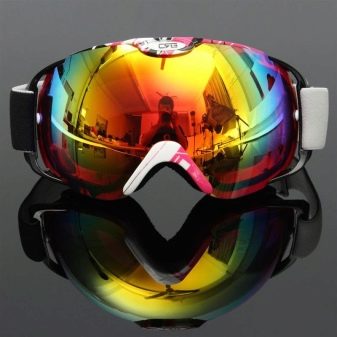
- Anti-fog - the glass (or plexiglass visor) has a coating that will fog up only in a frost of several tens of degrees. In case of severe frosts, double glazing is provided.
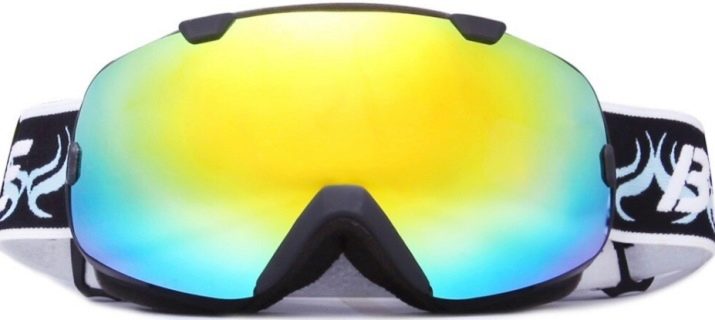
Among other signs that complicate the classification by type, the shape of the lenses, the shade for a specific weather and time of day are distinguished.
Colors
The color of the lenses is selected based on the style and conditions of the route.
-
Yellow, pink, purple, orange lenses suitable for fog, snow and cloudy days. Sharpness and definition are enhanced so that shadows and outlines are visible from afar.
-
Gold and gray colors - suitable for sunny weather.
-
Mirrored - save from unnecessary glare, delaying a significant part of the bright "reflections".
-
Green and Silver sharpen in diffused light.
-
Bronze - suitable for evening routes, in the morning twilight.
-
Colorless - for night routes, in cloudy weather.
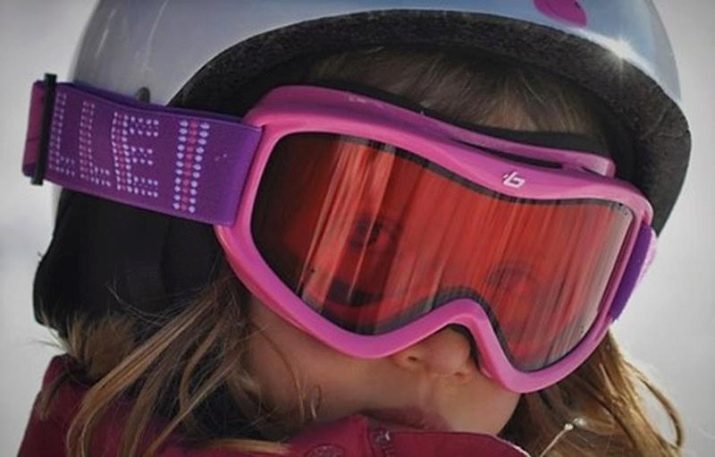
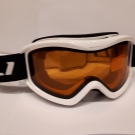
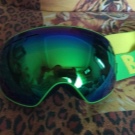
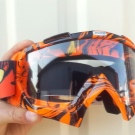
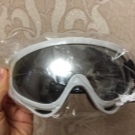
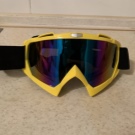
If, for example, green is not found, then yellow and blue, when combined, will give a pronounced green tint.
Popular brands
Just listing brands is not enough, but the top 10 includes the following:
-
Oakley;
-
Smith Optics;
-
Scott;
-
Dragon;
-
Anon;
-
Julbo;
-
Bolle;
-
Salice;
-
Roxy;
-
Uvex.
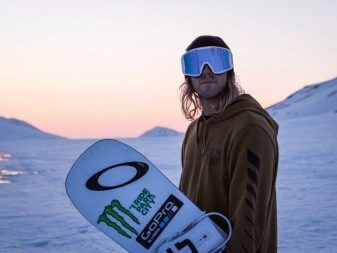
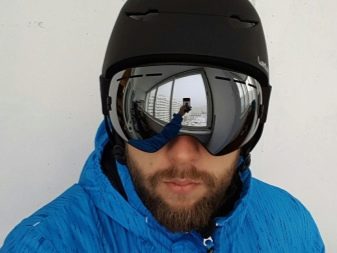
Some models really showed themselves in the following way.
-
Oakley A-FRAME 2.0. Prizm spherical visor technology, anti-fog coating, protects against UV and blue rays from which the eyes are very tired. Double ventilation. The frame contains foam and fleece. Filters are made of polycarbonate. Compatible with most helmet models.
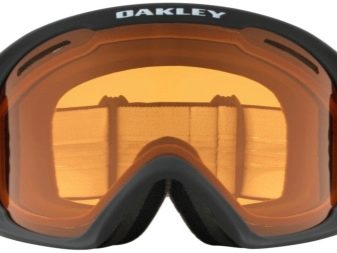
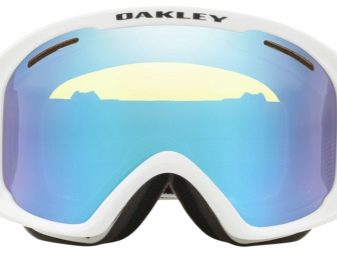
- Oakley O2 XM. Cylindrical lenses. Frost resistant nylon. Anti-fog, ventilation, anti-fog glasses. Three layers of fleece to wick excess moisture away from the skin. A clear image regardless of the viewing angle. Additional space for other glasses (with diopters).
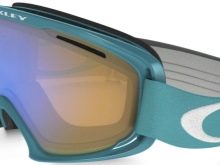
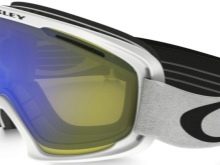
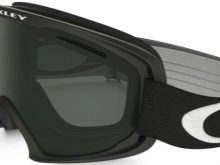
- Dragon DXS FW16. Mini glasses with double cylindrical lenses and anti-fog visor. Dual-layer foam with fleece is a measure of wearing comfort. Adjustable strap. Suitable for any helmet.
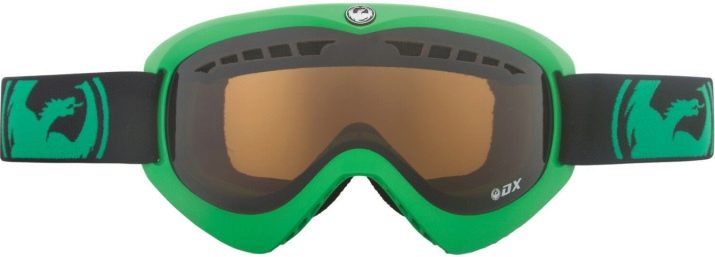
-
Dragon Rogue FW17. The optical correctness of the lenses is guaranteed. Anti-UV layer, anti-fog glasses.
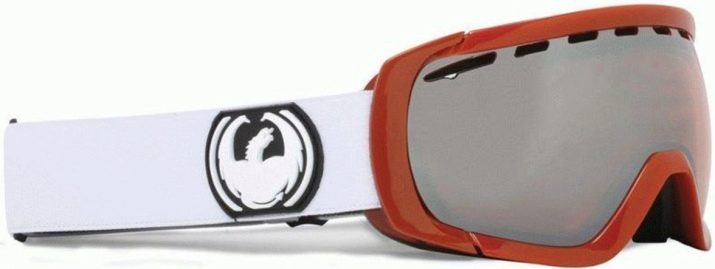
- Smith Knowledge OTG... Large dimensions. Cylindrical polycarbonate lenses. Filter replacement. "Fog", anti-fog. The most correct overview. The strap is adjustable in length and has a silicone layer. Suitable for wearing with a helmet and glasses for correcting vision.
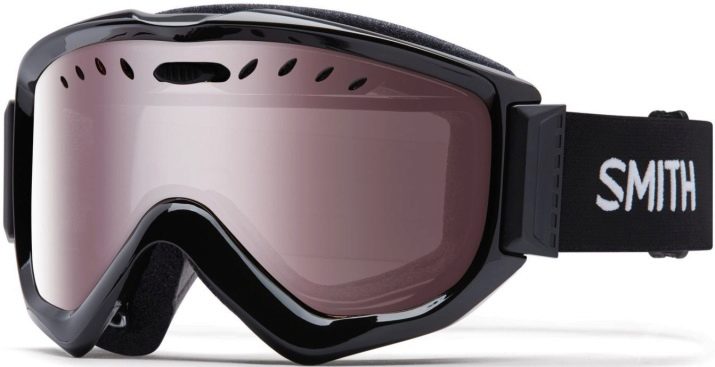
- Bolle Carve Snow Goggles. Double lenses, double lining. Ventilation. Anti-fog glass.

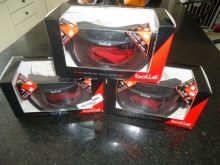
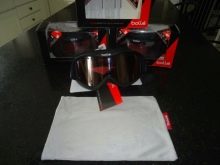
- Salice 962ACRXF Black. Flip-down screen. Polycarbonate - the lenses themselves are made of it. Ventilation, adjustable strap, plastic frame.
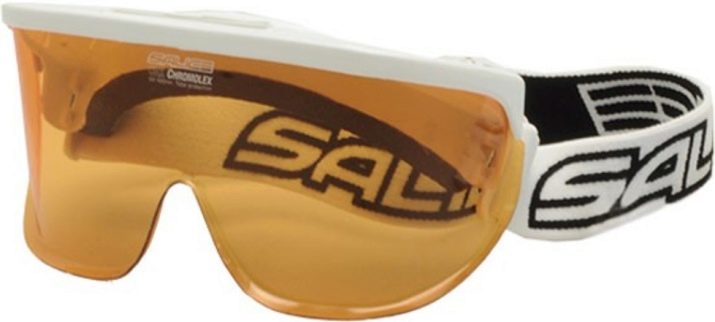
This list is not final, there are dozens of other models. High-quality products should not have fogging lenses, they also have protection against UV rays, scratches, a light filter required for a particular weather.
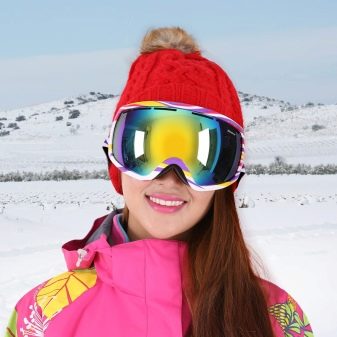
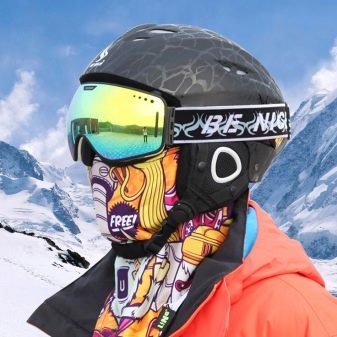
How to choose snowboard goggles?
The factors to look out for when choosing a high quality ski mask are as follows.
-
Full UV protection. The rays of this spectrum have not yet brought benefit to anyone's vision.
-
Comfortable frame - glasses should not pinch the nose, completely covering the forehead. In this case, there are no gaps.
-
Wide angle view from the side give rimless glasses with a spherical visor.
-
If the snowboarder wears diopter glasses, then the mask should be spacious.
-
Frame should be flexible.
-
Ventilation located on the side. A cloth cover protects the snowboarder's eyes from the icy wind.
-
"Fog" improves the viewing range.
-
The harness should not be loose. The strap must be non-slip.
All these features of choice apply equally to men's and women's glasses.
